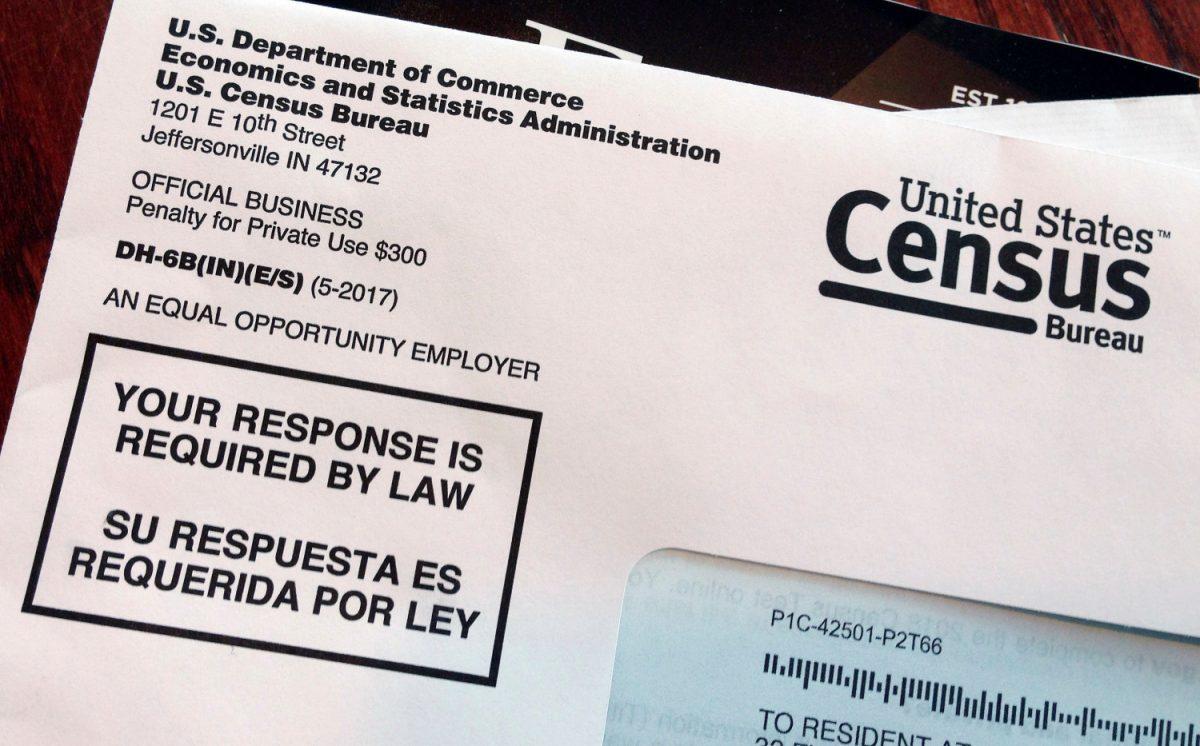The U.S. Census Bureau reports that New York City has experienced a net loss of approximately 550,000 residents since 2020. The reasons behind this decline are a topic of debate among public policy experts, who question the reliability of the Census Bureau’s methodology and the long-term implications of the population decrease. The trend of population decline has escalated during the COVID-19 pandemic, with the city’s population dropping from 8,804,199 in April 2020 to 8,258,035 by July 1, 2023. This decrease of 550,000 individuals has effectively reversed the gain of 629,066 residents seen from 2010 to 2020. Concerns have been raised about the potential loss of congressional districts and seats in the U.S. House of Representatives due to this population decline. Some experts attribute the exodus of residents to factors such as rising crime rates, an immigration crisis, declining quality of life, and pandemic-related policies. Others point to the impact of remote work on the need to live in major cities with high housing costs. Despite the Census Bureau’s efforts to track population changes, there are disagreements over the accuracy of their data, with some experts suggesting that the bureau may be underestimating the population loss in New York City.
Getting Granular
One of the challenges faced in accurately counting the population of New York City is the discrepancy between the official address list and the actual number of residents. Despite the diligent efforts of census workers, the city’s unconventional living arrangements make it difficult to determine population counts based solely on street addresses, according to Wice.
Census workers have had to search in various locations, such as alleys, behind buildings, and in garages, to verify occupancy. While these efforts may have improved the accuracy of head counts, the Census Bureau’s methodology does not always align with the reality of housing situations in the city.
Wice explained, “You’ll often find multiple families living in what appears to be a single-family home from the outside. However, the Census Bureau does not send out questionnaires based on individual names but rather on housing units.”
He also noted that the Census Bureau’s Local Update of Census Addresses (LUCA) Operation still has work to do to ensure more accurate totals. Wice emphasized the importance of maintaining an up-to-date address list to achieve census accuracy.

Trusting the Researchers
Wice pointed out that some individuals may be hesitant to provide accurate data to census takers out of fear that it could draw attention to illegal living arrangements and result in legal consequences. As a result, some people may choose to hide or avoid interaction with census takers.
He emphasized that census takers are not there to enforce laws regarding illegal dwellings but rather to accurately count the population. Convincing the public of this distinction is essential to achieving accurate census data.
Wice suggested that the Department of Planning in New York City may have the most advanced methodology for estimating the city’s population. He expressed confidence in the city’s population planners’ ability to produce more reliable numbers compared to the Census Bureau’s estimates.
As of publication time, the Census Bureau had not responded to a request for comment.
Please rewrite this sentence.
Source link








 Get ready for…
Get ready for…